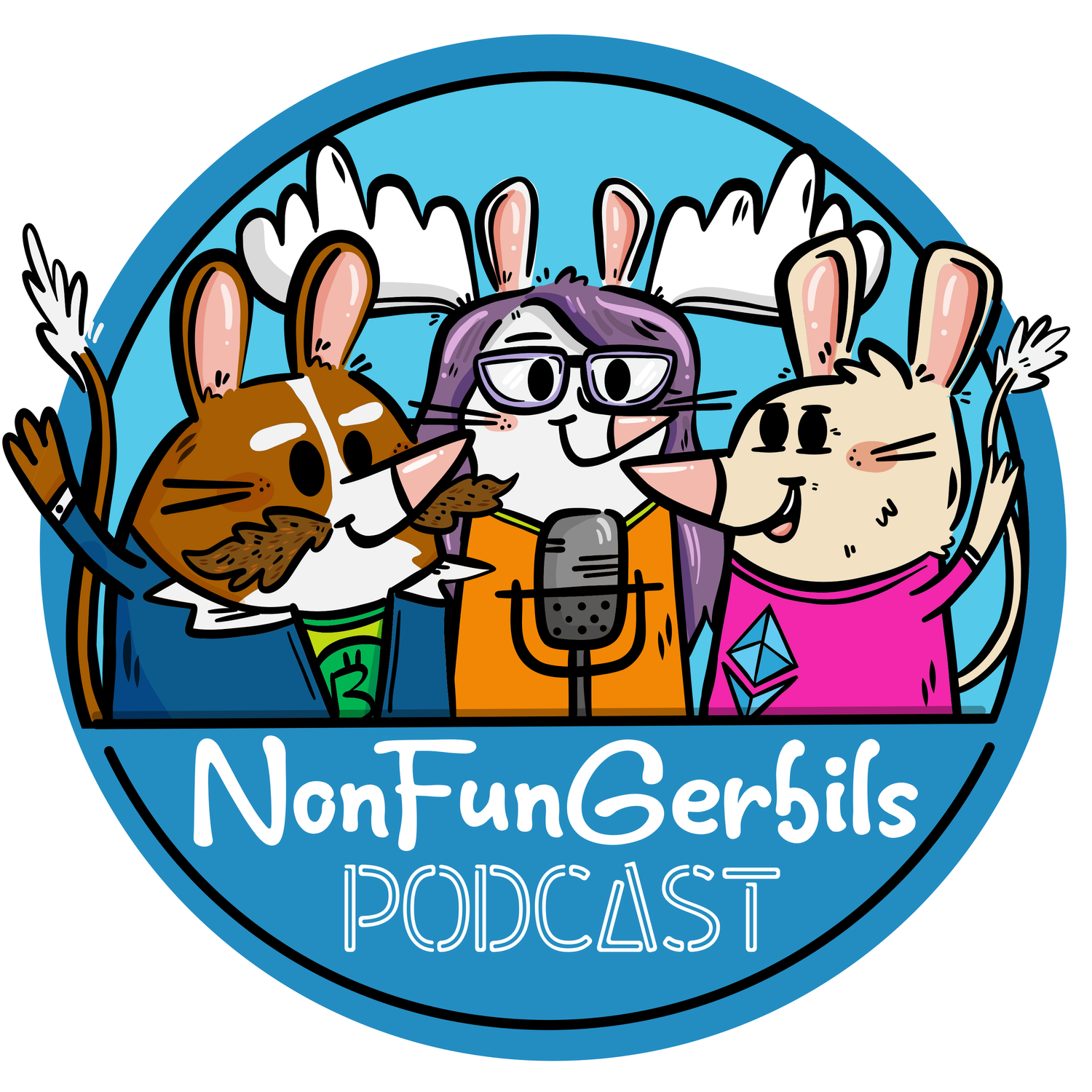‘NFT License 2.0’ – 2 years on
It is almost two years to the day since DapperLabs launched the ‘Non-Fungible Token (NFT) License 2.0’. The significance of this development should not be lost on the crypto-community. This license was an upgrade to the original ‘NFT License’ – a gift to the blockchain metaverse – an offer to help artists take control of their art.
Two years is a long time in the crypto space – where life moves at an exponential pace and demand for NFTs has skyrocketed. So much so, it appears, that the opportunity to take up DapperLabs’ generous offer may have passed us by…
So, what is the ‘NFT License 2.0’, you may ask? And, more importantly, what does it mean to me? These are questions that should be coming from both ends of the crypto-community – creators and owners alike.
The ‘NFT License 2.0’ is a legal document – a publicly available license which sets out what owners of NFTs can and can’t do with the art associated with their NFTs. Makes sense, right? I mean, when I am forking out some hard-earned ETH for my CryptoKitty, I should know what I am actually buying. On the flipside, DapperLabs, who have no doubt invested a lot into this kitty, should be able to have a say in what I do with their precious little feline.
DapperLab’s decision to offer the ‘NFT License 2.0’ to the community at large was a great idea, in theory. Why then, have very few artists taken up this offer in reality? I suspect that this has something to do with a lack of awareness and a lot to do with the construct of the license.
The ‘NFT License 2.0’ can be used by anyone free of charge. For example, a creator can attach the license to their website and make the sale of their NFT subject to these terms. If a creator decides to do this however, they can’t change the terms in any way. DapperLabs makes it pretty clear the license is available on a “take it or leave it” basis. Creators and owners should therefore be aware of these terms before they decide to use them.
Let’s start with what the license says an owner can do with the art tied to their NFT. First of all, personal use of the art is absolutely fine. Owners can also make some money from the art – as long it’s not more than $100K each year in gross revenue (it’s not crystal clear if this is USD, AUD or NZD etc., but that’s for another time). The NFT and its art can also be traded and used by the owner on third party websites and apps.
Now, let’s take a look at what the license says an owner can’t do with the art. The art cannot be altered – not so much as a whisker removed! There are also restrictions on trademarking the art; using it in connection with inappropriate behavior or with third party products.
So, what if the creator wants to sell the NFT and lay down some rules around the art but doesn’t like the terms of the ‘NFT License 2.0’? Maybe they want the future owner to make a fortune from their art or go crazy with modifications and adaptions. They could have entirely different ideas on how the NFT underlying art could and should be used!
This appears to be the case for Avastars which has come up with its own take on a license, known as the ‘Digital Asset Ownership License’. This license offers Avastar NFT owners a greater freedom to deal with the art in their NFT when compared to the publicly available ‘NFT License 2.0’.
At the end of the day, the ‘NFT License 2.0’ is a “one size fits all” approach which may work for some, but not others. One thing is for certain though – having some form of license covering digital art is far better than not having any at all. Without a license, both creators and owners are risking disputes down the track. The challenge is to find a solution that allows creators the flexibility to license on their own terms.
What if there was a broader spectrum of licenses available (almost like a “Creative Commons” suite for the NFT space)? That way, it could be simple for creators to give new owners as much (or as little) control over the art as they wish. Even better if NFT trading platforms could get on board and introduce functionality for creators to easily upload their license terms!
For the sake of both creators and owners, we need to be clear on how the underlying art could or should be used. Now is the time to get our house in order – before the uptake of NFTs multiplies into the mainstream. As a community, we can collectively work towards broadening the license options on offer. We can move to a more user-friendly, customizable and accessible framework. Together we can demystify what it means to be a token holder of digital art while setting the scene for creators and owners to finally take control over their legal rights.
by @carla_muc_j

